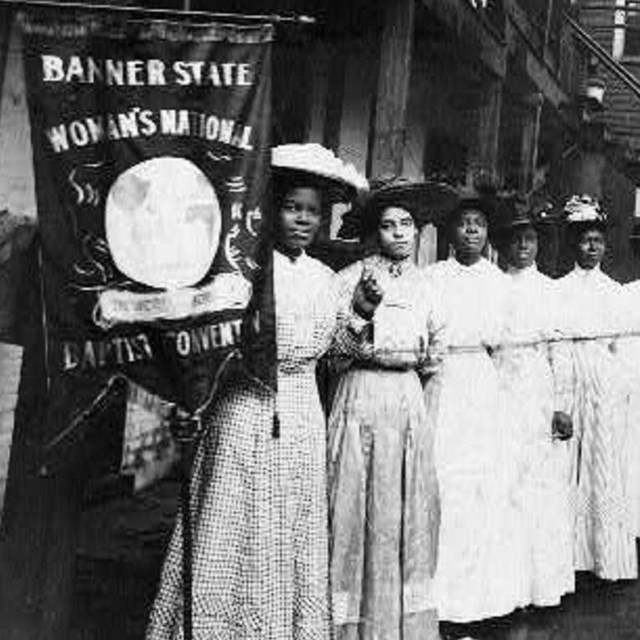

The right to vote (also known as suffrage) is an important part of our democracy. Throughout history, different groups were prevented from taking part in the voting process. At one point, women, people of color, and immigrants could not vote. People without money, property, or an education were also barred from voting.
Several amendments were added to the Constitution to recognize suffrage rights of certain groups. Ratified in 1870, the 15th Amendment recognized the voting rights of African American men. Fifty years later, Congress and the states ratified the 19th Amendment. This amendment recognized the suffrage rights of women.
Even though half a century passed between the ratification of the 15th and 19th Amendments, they are very similar. Discover the connection between these two amendments. Learn about how different marginalized groups fought for suffrage rights.

In the United States, people have long fought to have their voices heard. One way of doing this is through voting.

When the 13th Amendment was passed in 1865, it abolished slavery. But African Americans still lacked many rights, such as the right to vote.


During the 19th and 20th centuries, Black women played an active role in the struggle for universal suffrage.

The struggle for voting rights involved a split between abolitionist Frederick Douglass and Susan B. Anthony and Elizabeth Cady Stanton.

After the ratification of the 15th and 19th Amendments, the law recognized that discrimination based on race and sex is illegal.